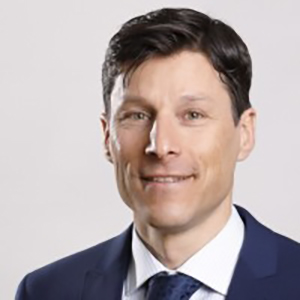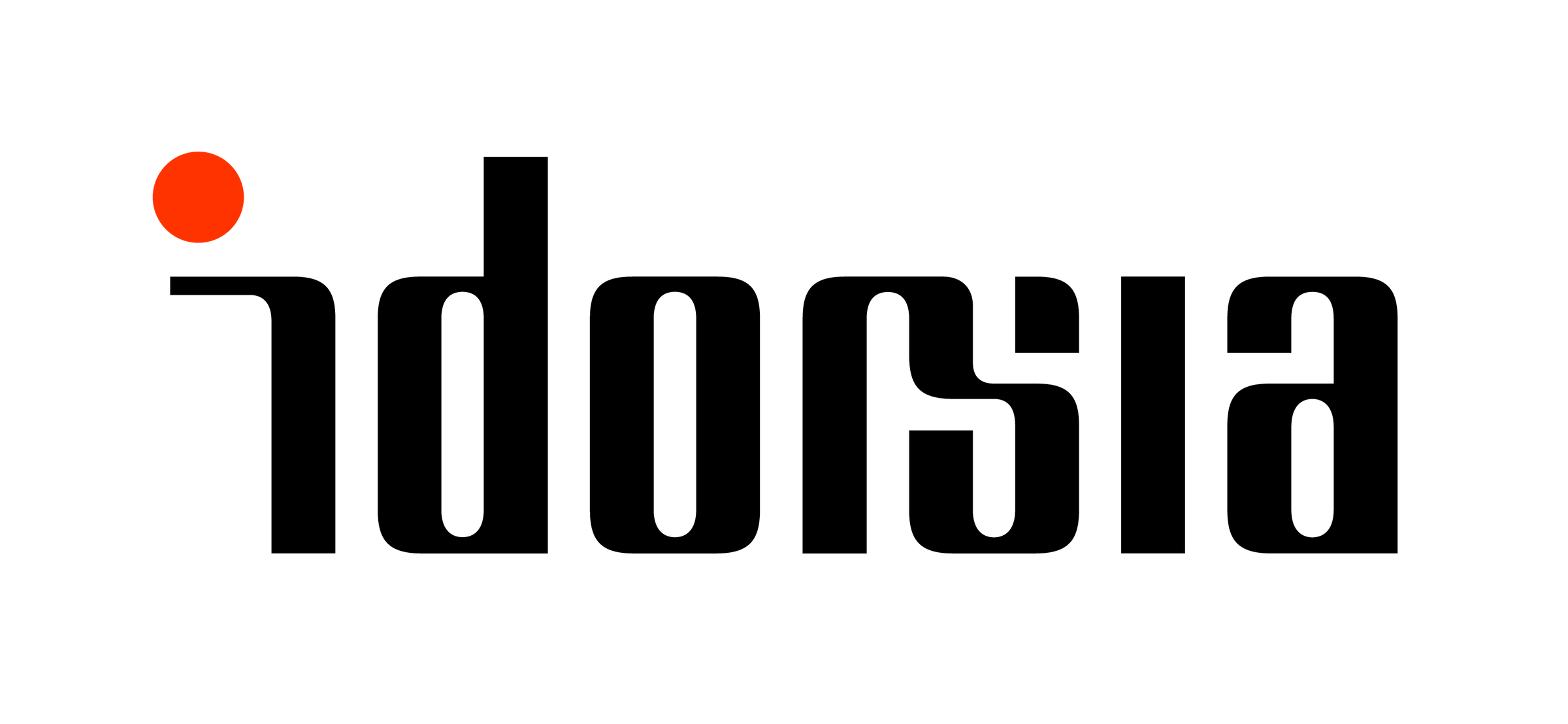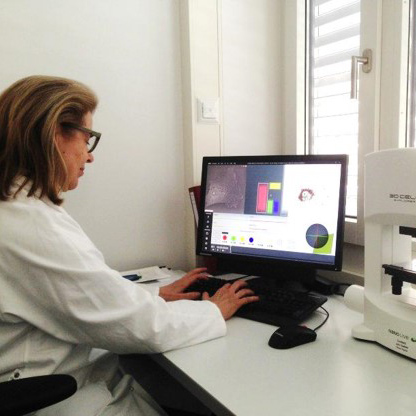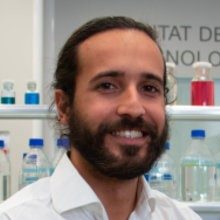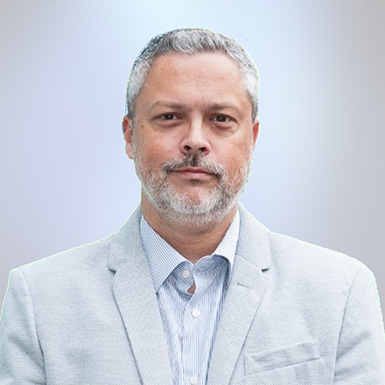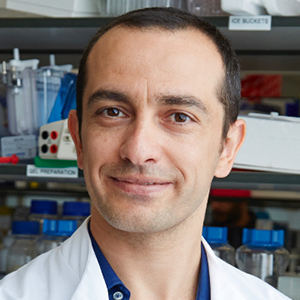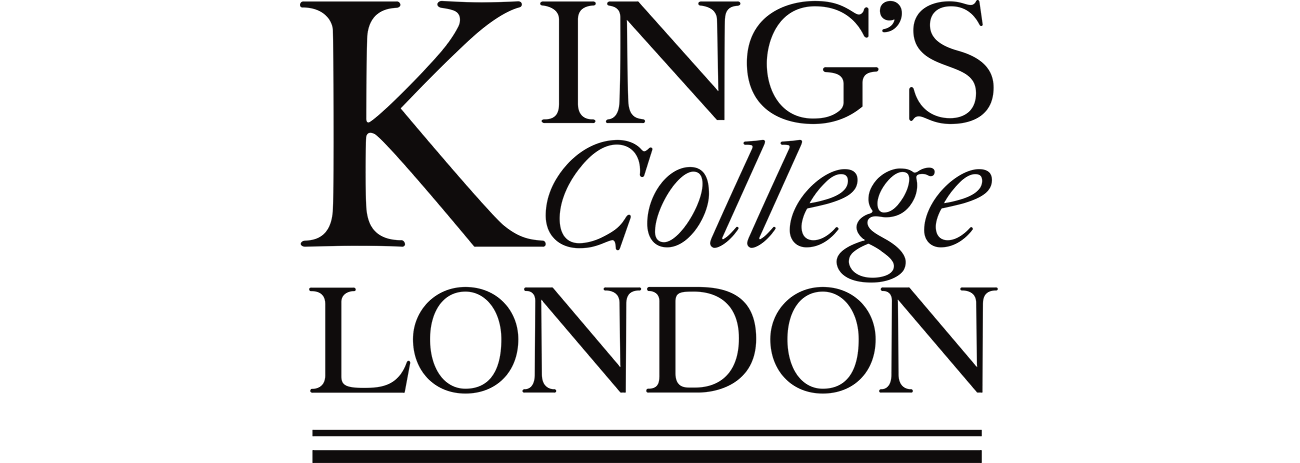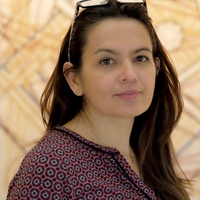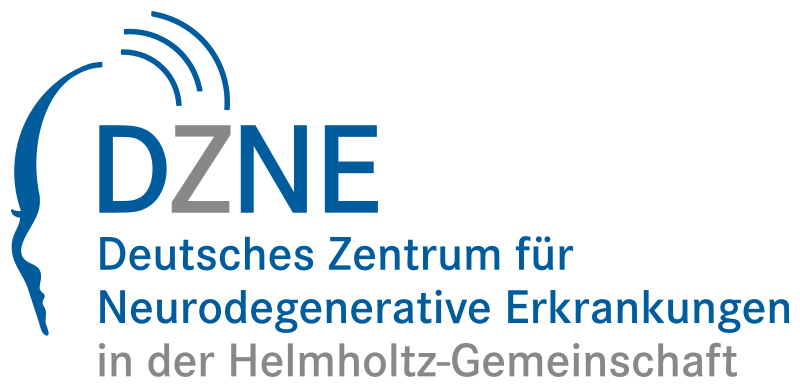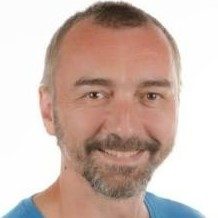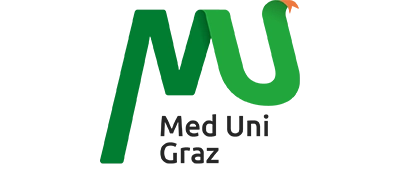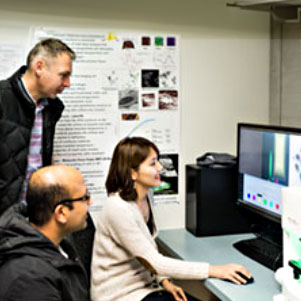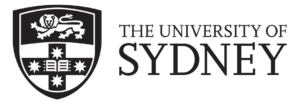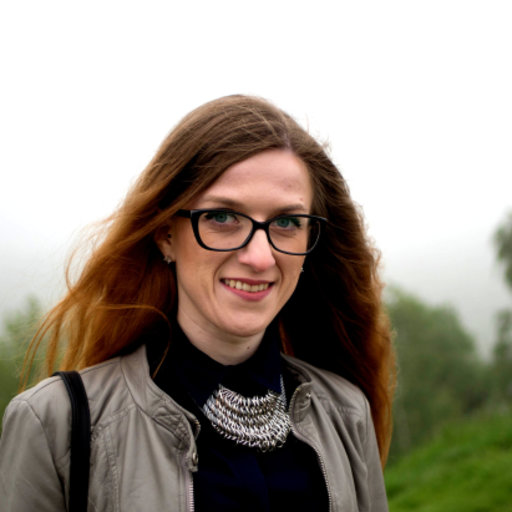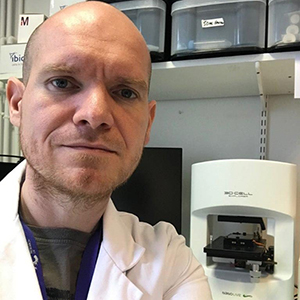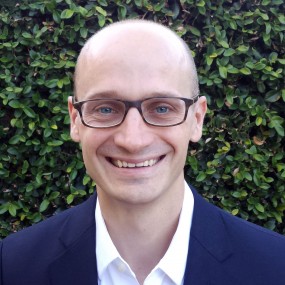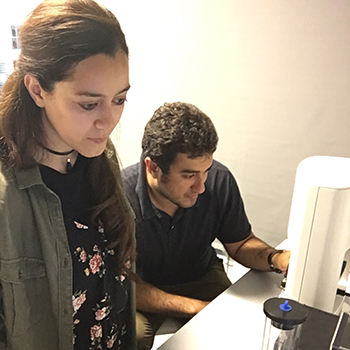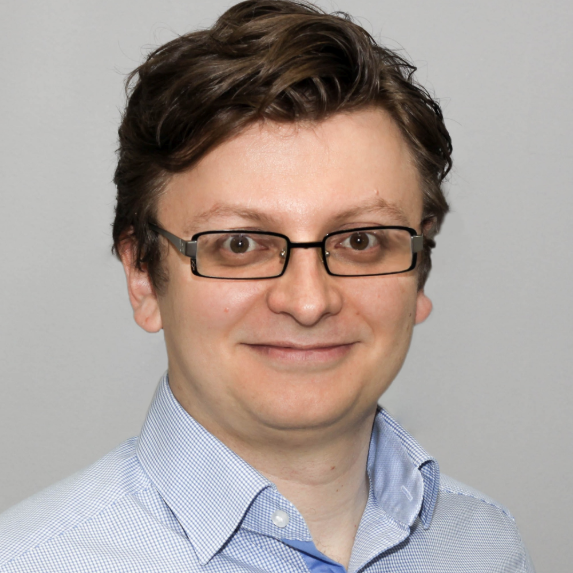User Testimonials
“You don’t have to kill them to see how they live.” Federico Faggin, inventor of the microprocessorCustomer Voices Biopharma
AMGEN
Dr. John Ferbas
Director, Cytometry and Imaging Sciences
“Nanolive has developed a ‘one-click assay’ with no staining or centrifugation required, just a high-quality cell culture plus or minus the treatments of interest. This will allow us to learn orders of magnitude more about cell biology with less effort, less cost and greatly reduced infrastructure requirements relative to our legacy approaches.”
Watch the full testimonial here
AMGEN
Dr. Jiansong Xie
Senior Scientist, Cytometry and Imaging Sciences
“In my career, with over 20 years of microscopy experience, I have seen many segmentation tools, but I can tell you this this segmentation analysis provided by Nanolive is the best segmentation I have ever seen.”
Watch the full testimonial here
IDORSIA Pharmaceuticals Ltd
Urs Lüthi
Associate Director and Deputy Head HTS
“Your data, with its dramatic resolution, provides a prime opportunity to measure the effect that a compound has on the morphology, pattern, and granularity of a cell, which we can use to predict the bioactivity of a compound. If we can identify compound-specific phenotypes, then we can screen other compounds for this phenotypic response and hypothesize that they function via a similar mechanism-of-action.”
Read the full testimonial here
BIT.BIO
Dr. Kaiser Karim
Scientist – Cell Biology Research
“I have worked with neurons for 7 years, and Nanolive images are by far the most detailed, high focus, live images I have ever seen”
LUCA Science
Dr. Rick C. Tsai DMD, MD
President & CEO, LUCA Science Inc., Japan
“There are still many discoveries to be made on exogenous mitochondria biology, I’m convinced when we image different conditions and cell types with this platform, there will probably be valuable world-first discoveries.”
Learn more about LUCA Science here
ACTELION PHARMACEUTICALS
Oliver Nayler, PhD
Head Cardiovascular & Fibrosis Biology
“Actelion researchers were among the first to explore the potential of the Nanolive 3D Cell Explorer in cell biological applications within the pharmaceutical industry. We were very happy that the system is so easy to set-up (plug-and-play) and we are still amazed by the beautiful images it generates.
Read full testimonial
We mainly use the Cell Explorer to perform real time image acquisition and we follow compound activity in different cellular backgrounds. In a very short period of time, the 3D Cell Explorer has become very intensively used and we have found applications in several different disease areas – we would not want to be without this instrument.”
Customer Voices Cosmetics
DSM-FIRMENICH
Dr. Leithe Budel
Lab Head, Internal Claim Substantiation
“The LIVE Cytotoxicity Assay is a crucial tool for us in evaluating cell toxicity, especially as we focus on targeted cell apoptosis for our future products. At DSM for Personal Care, our key focus is pioneering innovative anti-aging technologies, with senolytics being the next generation of anti-aging ingredients. These ingredients selectively induce apoptosis in senescent cells, often referred to as zombie cells, which play a significant role in aging. The LIVE Cytotoxicity Assay seamlessly aligns with this objective, allowing us to dynamically track the reduction of these specific cells compared to the ones we want to preserve. This assay not only helps visualize the senolytic effects but also effectively differentiates between target and normal cells.”
Watch the full testimonial here
MESOESTETIC
Dr. Alfredo Martinez
Biotechnology Manager
“Nanolive technology has been very useful in order to study the effect of our compounds on melanocytes with high resolution. Live-cell imaging allowed us to see how morphology and melanosomes accumulation changed in real time with the treatment, providing clear evidence of the in vitro efficacy of these compounds.”
Watch the full testimonial here
Customer Voices Academia & Research Institutes
UNIVERSIDAD DE LA LAGUNA
Dr. José M. Padrón
Head of the Biolab
“Continuous label-free live cell imaging is changing the paradigm for studying the mode of action of drugs. With the LIVE Cell Death Assay, the health of each single cell is determined at every single timepoint, ensuring temporal dynamics are quantified with the highest precision.”
Watch the full testimonial here
HARVARD MEDICAL SCHOOL & RADIATION ONCOLOGY, MASSACHUSETTS GENERAL HOSPITAL
Clemens Grassberger, PhD
Research Fellow
“The 3D Cell Explorer enables us to study chromatin condensation and nanoparticle uptake in live cancer cells, which wouldn’t be possible with other methods. We are extending this work now to different cancer cell lines to explain variations seen in response to therapy.”
KING’S COLLEGE LONDON
Shukry J. Habib, PhD
Principal Investigator, Centre for Stem Cells and Regenerative Medicine
“This is an excellent technology that allow us to visualise cellular compartments and their rapid dynamics live without the need for staining/ florescence. In combination with advances in segmentation, it will open the door for unprecedented quantitative biology at high temporal resolution.”
INSTITUT PASTEUR
Olivier Schwartz
Head of Structure, Virus and Immunity Lab
“Our preliminary results captured with the CX-A applied to COVID-19 research are striking and amazing because we have unprecedented details about the cell/cellular organization.”
Watch the full testimonial here
CATHOLIC UNIVERSITY OF LOUVAIN
Dr. Christiani Amorim
Professor and Laboratory Director
“The Smart Lipid Droplet Assay is crucial for our research for several reasons: (1) we do not need to use any staining, which is less time-consuming, (2) we can follow the lipid droplet development throughout the process of cell differentiation, which has never been done before, and (3) we can perform multiple quantifications at the same time, which will improve the robustness of our results.”
Watch the full testimonial here
GERMAN CENTER FOR NEURODEGENERATIVE DISEASES
Dr. Stefan Hauser
Head of the Stem Cell Laboratory
“I believe that the Nanolive microscope together with the Smart Lipid Droplet Assay is a great option to analyze the dynamics of lipids in a “natural environment” as there is no need to add any labels or staining procedures which probably interfere with cellular processes. The software is easy to use and we are really looking forward to future experiments to further investigate impaired lipid homeostasis as a disease mechanism in several neurological disorders.”
Watch the full testimonial here
MEDICAL UNIVERSITY OF GRAZ
Dr. Branislav Radović
Senior Lecturer, Lipid Signalling Group
“With Nanolive, we get much more information with less material and in completely non-invasive conditions. The possibility to interfere with LD metabolism by changing the incubation conditions and quantify the data with the Smart Lipid Droplet Assay “on-time” is just great.”
Watch the full testimonial here
HELMHOLTZ MUNICH
Dr. Eikan Mishima Senior Scientist, Institute of Metabolism and Cell Death
“[With the LIVE Cell Death Assay], we can evaluate the kinetics of the cell death fraction. So using Nanolive’s microscope and the software, we can obtain fantastic cell death movies and data”
Watch the full testimonial here
HANAHAN LAB, LABORATORY OF TRANSLATIONAL ONCOLOGY, EPFL
Prof. Douglas Hanahan
Professor Emeritus
“The Nanolive technology is like putting on 3D glasses in a cinema – visualizing in depth cellular phenomena that are otherwise opaque and obscure.”
UNIVERSITY OF SYDNEY
Wojtek Chrzanowski, MSc, PhD, DSc
Senior Lecturer, Faculty of Pharmacy and the Australian Institute for Nanoscale Science and Technology
“It is absolutely fantastic! Its ease of operation, intuitive nature, compact size, rapid imaging and no need for stains make this a system I would certainly recommend and it would certainly support many different kinds of research.”
Read the full story here
INSTITUTE OF NUCLEAR PHYSICS POLISH ACADEMY OF SCIENCES
Dr. Joanna Depciuch Department of Functional Nanomaterials
“When you work with NPs it is essential to characterize: the number of NPs that enter the cells, the site of accumulation and the morphological response of the cells over time. The CX-A is very nice for this as we can quantify how a cell population responds to NPs with different shapes and sizes, while retaining high single-cell resolution”.
Read the full testimonial here
KTH ROYAL INSTITUTE OF TECHNOLOGY
Dr. Patrick Sandoz
Department of Applied Physics
“One of the major advantages of Nanolive imaging is that we can observe contact points between cells, migration patterns and different morphologies, all in an unperturbed system.”
Read the full testimonial here
CANCER RESEARCH CENTER OF LYON
Dr. Gabriel Ichim
Department of Tumoral Escape
“We use our 3D Cell Explorer in all of our on-going projects because it allows us to easily look at the mitochondria without the artifacts of staining or phototoxicity.”
Read the full testimonial here
THE KECK SCHOOL OF MEDICINE, USC
Dr. Joseph T. Rodgers
Assistant Professor, Department of Stem Cell Biology and Regenerative Medicine
“The Nanolive 3D Cell Explorer is a powerful tool to measure morphologic and functional features of live stem cells.”
Read the full testimonial here
Our laboratory uses primary mouse and human skeletal muscle stem cells (MuSCs), also known as satellite cells, to study the mechanisms that regulate the injury-induced transition of stem cells from quiescent state into the cell cycle. This transition requires many days to complete. MuSCs are a model that allows us to study this transition ex vivo, immediately following FACS-mediated purification from muscle tissue. We have used the Nanolive 3D Explorer to visualize this process in never before seen detail. The accompanying video is of primary MuSCs isolated from a juvenile mouse (5-week-old). The video begins two hours after FACS isolation, each frame is 5 minutes at a frame rate of 18 frames/sec. MuSCs undergo profound changes in size, shape, and function during activation. In the first 24 hours after activation, there is a ~600% increase in cell volume and ~1,000% increase in metabolic activity prior to entering the cell cycle. MuSCs from juvenile mice require 35-40 hours to complete cytokinesis following activation. The kinetics of MuSC activation slow dramatically with age. MuSCs from an adult mouse require twice the amount of time to complete activation as MuSCs from juvenile mice. MuSCs from old mice require 3-4 times longer.
We use the Nanolive 3D Cell Explorer to perform high-resolution analysis of the morphologic and cell biologic features of MuSC activation. These data are producing new insights into the cellular processes involved in activation and mechanisms that underlie age-associated defects in MuSC activation.”
FACULTY OF PHARMACY, AIX MARSEILLE UNIVERSITY
Prof. Christophe Dubois
Professor of Cell Biology
“The CX-A allows us to characterize the different effects of drugs on live cells in-vitro, in high resolution and with data that can later be easily analyzed.”
Read the full testimonial here
CNRS – CENTRE NATIONAL DE LA RECHERCHE SCIENTIFIQUE
Alain Geloen, PhD
Research Director, member of CarMeN Laboratory
” […] It is like a window opened on a new world.” […] “What you did is fantastic. Your microscope is a great achievement. […] You bring a new way to see and to analyze cells. […] You give us the opportunity to read nature with an other physical quantity: the density.
Read the full testimonial here
When I work with your microscope I keep correcting myself, this is not optic [what I see] it is density. In matter of regulations, density is more important than optic. That is why I say we must restudy all the cell biology, not looking at the optic but through the density. I am fully convinced that this is the beginning of a new era in biology.”
RIKEN RESEARCH INSTITUTE
Yasmine Abouleila and Ahmed Ali
PhD students, Research Associates
“It is amazing to be able to directly visualize the cell in its natural media, without labeling and in 3D. This allowed us to monitor the cell in 3D while sampling part of the cytoplasm and analyzing it using mass spectrometry, thus achieving quantitation on a subcellular space, possibly the first in the world to do so.
Read full testimonial
In our lab, we are mainly concerned with understanding biology on a single cell level in a quantitative manner. The 3D Cell Explorer allows us to directly visualize the cell in 3D without labeling and with no sample treatment. Using this technology we were able to be the first in the world to quantitate a biological molecule in subcellular space. By imaging a cell in 3D in less than 1.5 seconds, then taking another 3D image after sampling part of the cell with our proprietary method. By comparing the difference of the 3D image, we could measure the volume sampled in different compartments of the cell such as cytoplasm.”
INSTITUTE OF PHOTONICS AND ELECTRONICS, CZECH ACADEMY OF SCIENCES
Michal Cifra
Bioelectrodynamics team leader
“We want to understand how various electromagnetic fields affect the remodeling of the cytoskeleton in real-time with all associated physiological events and Nanolive imaging is an excellent commercial solution for this. We want to use our 3D Cell Explorer-fluo to monitor morphological changes in cells in real time.”
Read the full testimonial here
Worldwide Users

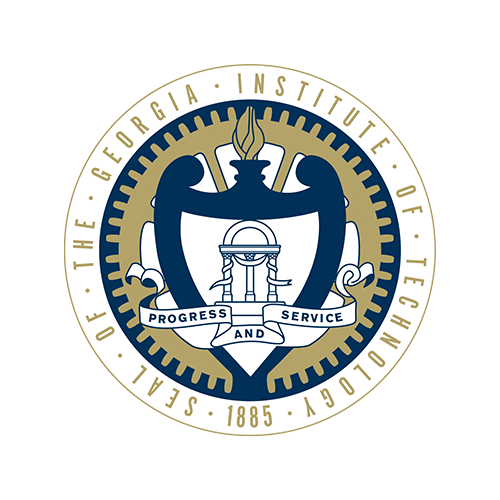

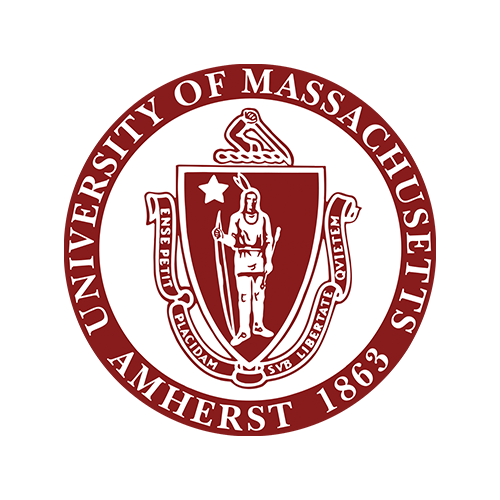

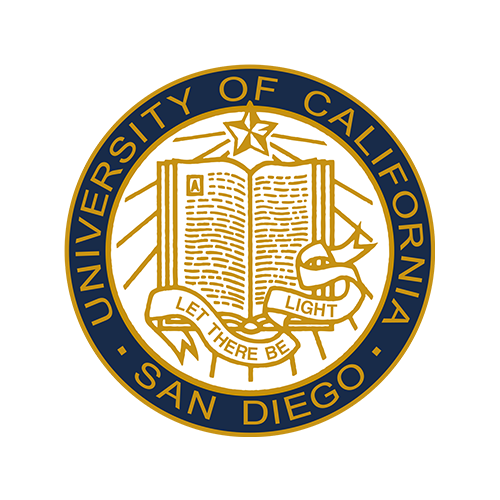





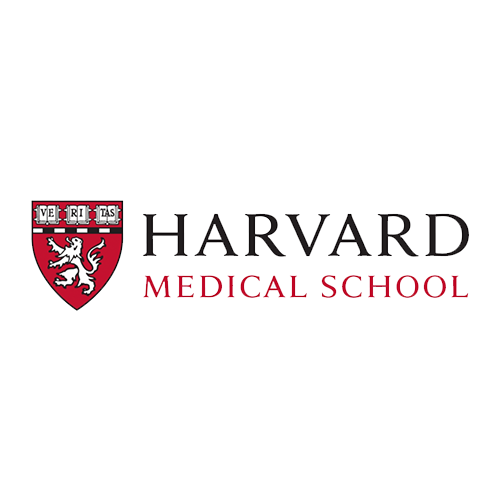
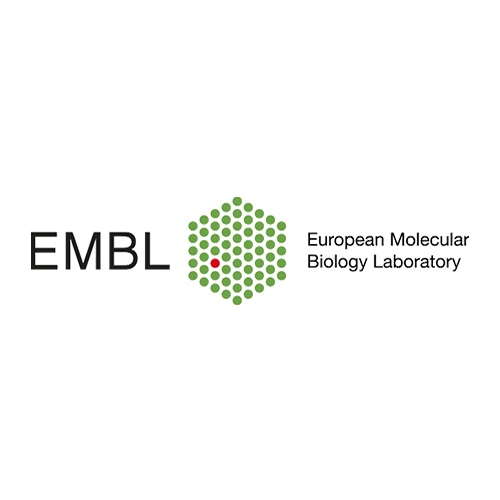
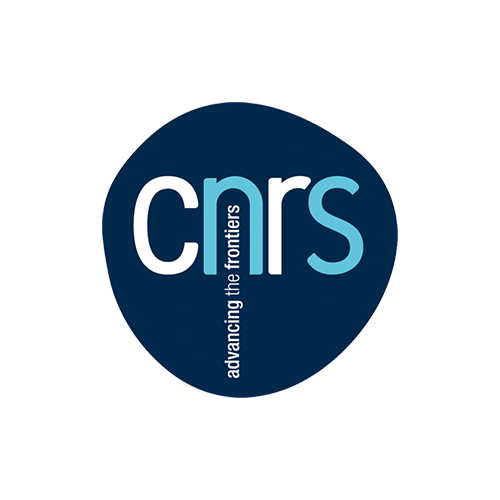
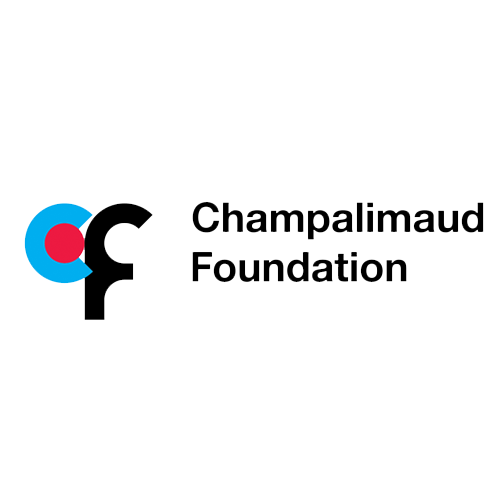


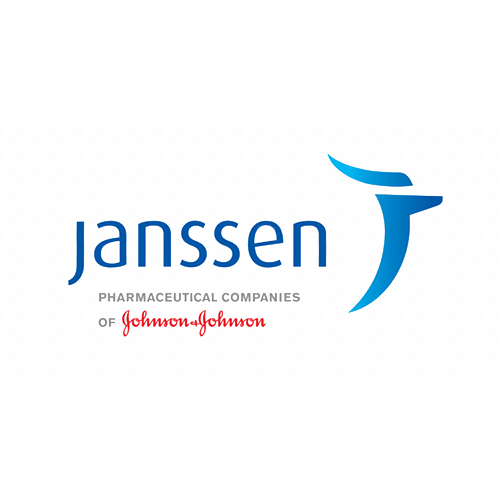








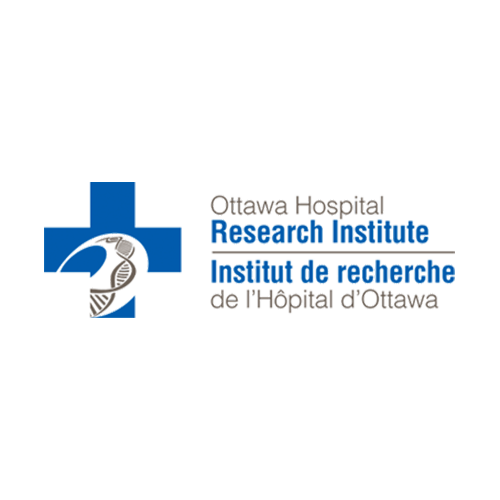



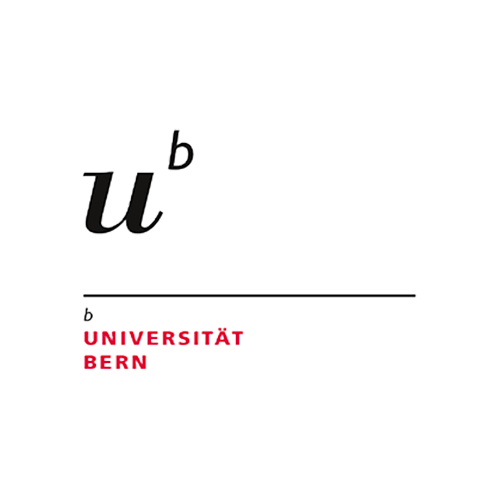
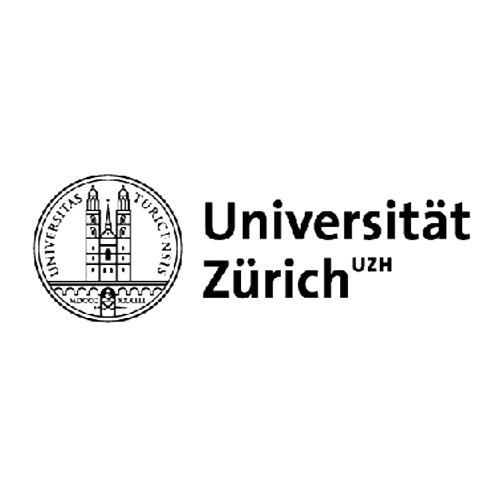

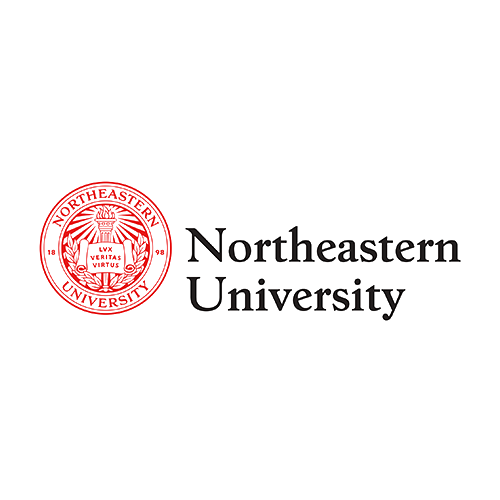


Your Testimonial
Share your opinion about the Cell Explorer with us




